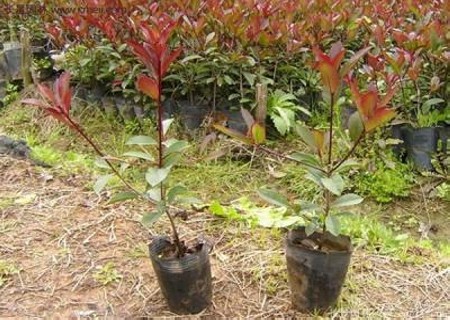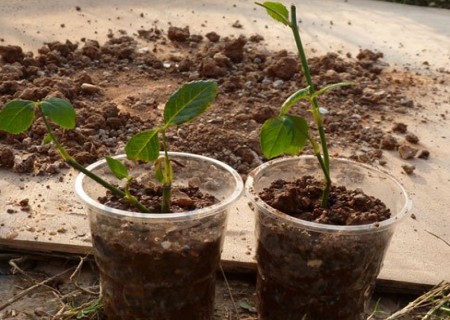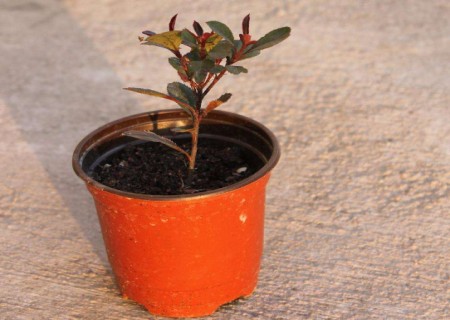Planting technique of Photinia rugosa
Photinia chinensis, as a high quality tree species, has been widely used in family potted plants or plantations in recent years, and is being recognized by more and more families and seedling growers. Even mass production is easy to ship and sell, and the method of raising seedlings in containers is being widely promoted. Today, the editor will tell you about the planting technology of potted Photinia rubra.

1. Select seedlings
Photinia przewalskii is propagated by cuttage, which can be produced by cutting seedlings, container cuttings, or even tissue culture. If the red leaf Photinia is planted in the pot, it is recommended that the cutting seedlings should be planted in the ground, and then transplanted to the pot when it grows to a certain extent.
2. Select the flowerpot
For the cultivation of Photinia chinensis, the choice of containers is very important, but the general principle should be based on different specifications of seedlings. If it is a long-term potted plant, you can buy gallon pots, which have the characteristics of anti-aging and reuse, which is also the preferred container for potted plants.
3. Prepare soil
The cultivation soil of Photinia chinensis is required to have good loose air permeability, good drainage and certain water fixation capacity, which is mostly mixed with fine sand, peat, perlite, sawdust and so on.
4. Transplant into the pot
First of all, stretch the roots of the seedlings, the seedlings should be erect, the depth of implantation should not be too deep, and it is better to bury the hairy roots in the culture soil at a depth of about 2-3 cm.
5. Fertilization of seedlings
During the cultivation of seedlings in containers, an appropriate amount of long-acting fertilizer can be applied; fertilization after transplanting in pots on the seedlings can supplement slow-release fertilizers and, of course, water-soluble fertilizers can be applied to ensure sufficient nutrients for plant growth.
6. Change soil and basin
First, remove the seedling from the basin, then add an appropriate amount of base fertilizer to the new empty basin and stir with the culture soil evenly, then plant the seedling into the center of the basin to keep the plant upright, then cover the basin soil, and compact the basin soil after shaking the basin several times.
7. Maintenance and management
Due to the limited nutrients in the pot, it is often necessary to replenish water and fertilizer for the basin in order to promote plant growth. Generally irrigated once a week, fertilization with long-acting controlled-release fertilizer is appropriate, can be applied 1-2 times a year. In addition, we should do a good job in the prevention and control of diseases and insect pests and take appropriate drug spraying measures.
Time: 2019-05-24 Click:
- Prev

Diagram of potting method of rose cuttings
Cutting is one of the most commonly used methods to propagate rose, and water cutting is the most popular way to propagate rose. However, experienced cuttings have found that water cutting roses are very easy to take root but very difficult to put on the pot. This difficulty baffles many novice friends.
- Next

How to plant red leaf heather balls
Photinia rubra is famous for its bright red new shoots and tender leaves, and its red color lasts for a long time, and its germination ability is very strong. It can be tapped many times, and it is more and more loved by the majority of friends. In addition to dwarfing it into shrubs in garden applications to achieve embellishment.
Related
- Fuxing push coffee new agricultural production and marketing class: lack of small-scale processing plants
- Jujube rice field leisure farm deep ploughing Yilan for five years to create a space for organic food and play
- Nongyu Farm-A trial of organic papaya for brave women with advanced technology
- Four points for attention in the prevention and control of diseases and insect pests of edible fungi
- How to add nutrient solution to Edible Fungi
- Is there any good way to control edible fungus mites?
- Open Inoculation Technology of Edible Fungi
- Is there any clever way to use fertilizer for edible fungus in winter?
- What agents are used to kill the pathogens of edible fungi in the mushroom shed?
- Rapid drying of Edible Fungi

